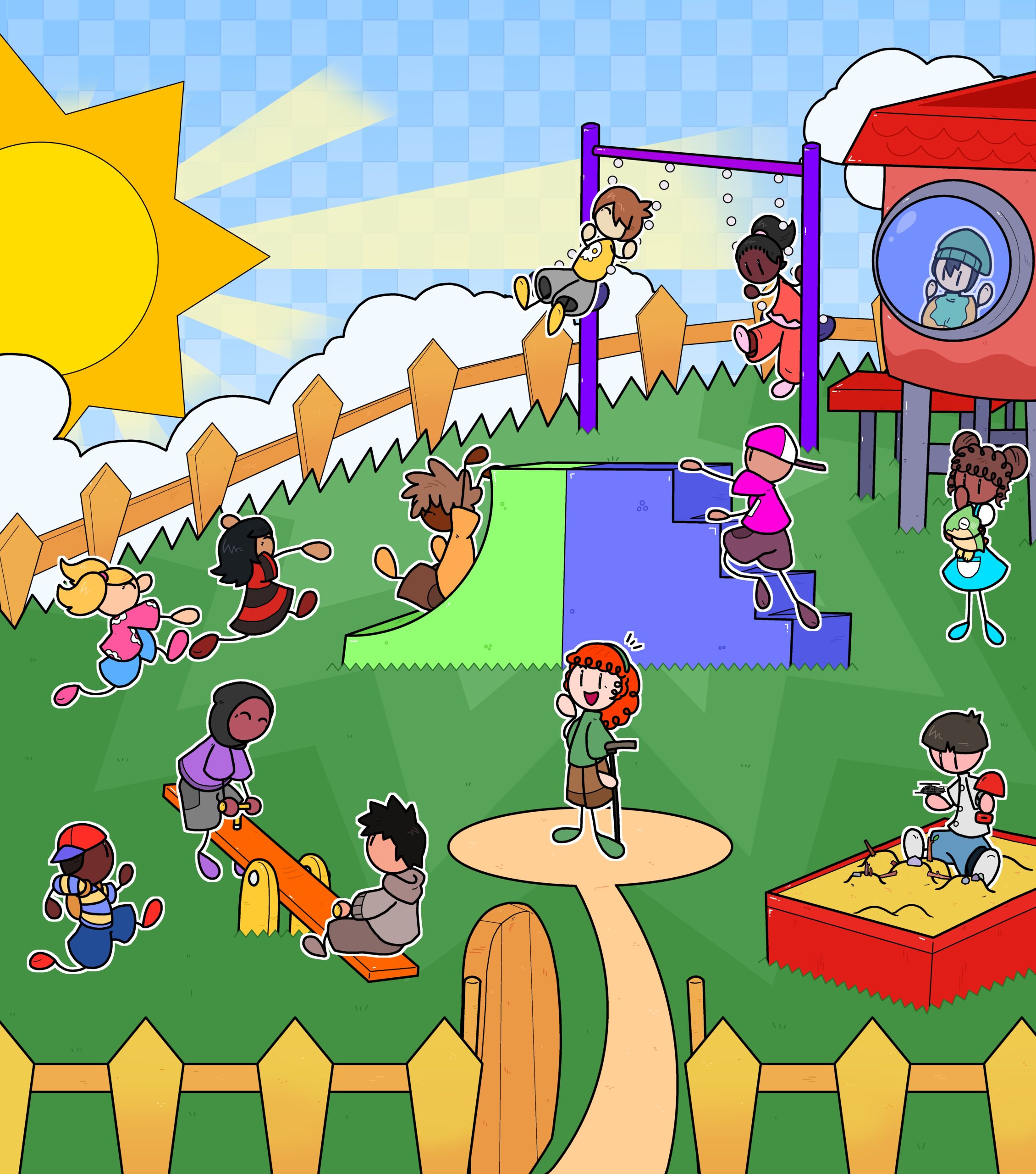Want to feel more confident teaching with games? Start here.
This chapter isn’t about adding one new trick to your teaching—it’s about leveling up your entire pedagogical literacy through play, creativity, and reflective practice. Here’s what you’ll do:
- 🎮 Play word games that double as pedagogy labs: Try 3 different activities where you experience, reflect on, and apply language-focused games. Not just fun—they model how methods, materials, and mediation work together.
- 🧠 Learn how to think like a pedagogical designer: Understand what teaching methods really are (spoiler: more than just “student-centered vs. teacher-centered”) and how to match them with your goals, students, and constraints.
- 🔧 Build your teaching “kitchen”: Stock up on over 60 real, tested methods—categorized by what they help students do (experience, conceptualize, analyze, apply). These aren’t theoretical lists. They’re practices the authors actually use.
- 📊 Reflect with interactive tools: Use character sheets, SPACE-based philosophy prompts, and a pedagogy self-assessment to understand where you’re strong and where you want to grow.
- 📖 Read real-world case studies: Get inspired by the authors’ own journeys implementing game-based pedagogy in Japanese universities—complete with first tries, failures, and fixes.
- 🍳 Cook up your own pedagogy recipe: Use the “MMM” framework (Methods, Materials, Mediation) to think like a playful chef creating nourishing learning experiences, not just “fun” ones.
- 🗺️ Use “mini maps” to stay grounded: Throughout the chapter, visual checkpoints guide your progress through the Play → Learn → Apply → Yet cycle. This isn’t passive reading—it’s active development.
- 🔄 Learn how to iterate like a designer: From rapid prototyping to student feedback, you’ll see how good pedagogy is built, tested, and improved over time—just like a great game.
- 🧩 Mix methods flexibly: Learn how to combine didactic and experiential teaching without guilt. Pedagogical freedom means using what works, when it works.
- 🎭 Create SPACE for real transformation: Design teaching moments that are Safe, Participatory, Agentive, Critical, and Experiential. Students—and teachers—grow more in these spaces.
This chapter empowers you to not just use games, but to become the kind of teacher who knows why and how to use them well—in any context.
Want your classroom to feel more like a playground than a prison? You’ll find the tools here.
